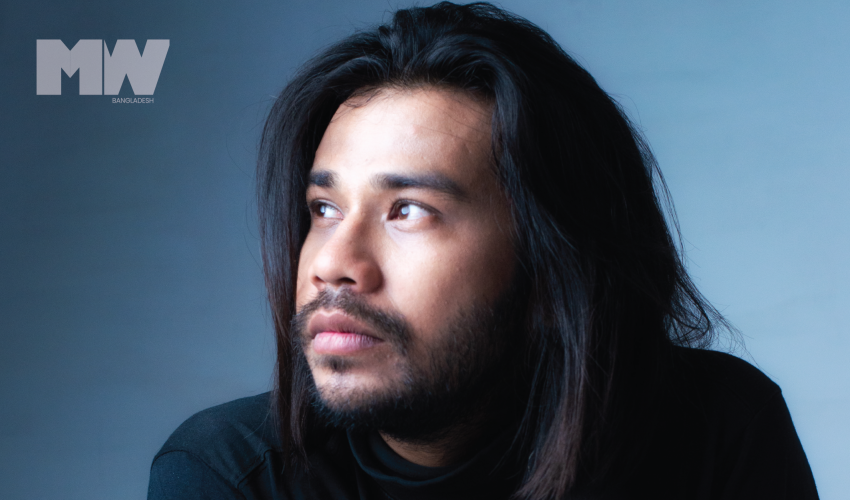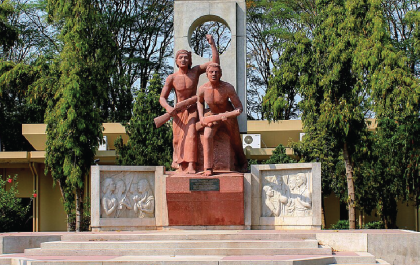By Anika Chowdhury
Bangladesh’s music industry is flourishing, with a new wave of promising musicians redefining the landscape and taking the lead. Among these trailblazers is Avishek Bhattacharjee, who began his musical journey at the tender age of six. Fast forward to today, Bhattacharjee’s contributions to the web series Pett Kata Shaw (2022) and Foreigners Only (2023) – Bangladesh’s first film commissioned by a US streaming platform – have demonstrated his ability to craft compelling musical narratives that resonate across cultures.
But Avishek’s talents don’t stop at music. He is also an award-winning photographer whose work has been recognized both nationally and internationally. His photo story “The Epidemic” during the Covid-19 crisis was featured by major global media outlets such as BBC, VICE news, and Al Jazeera, and even used as research material at Harvard University.
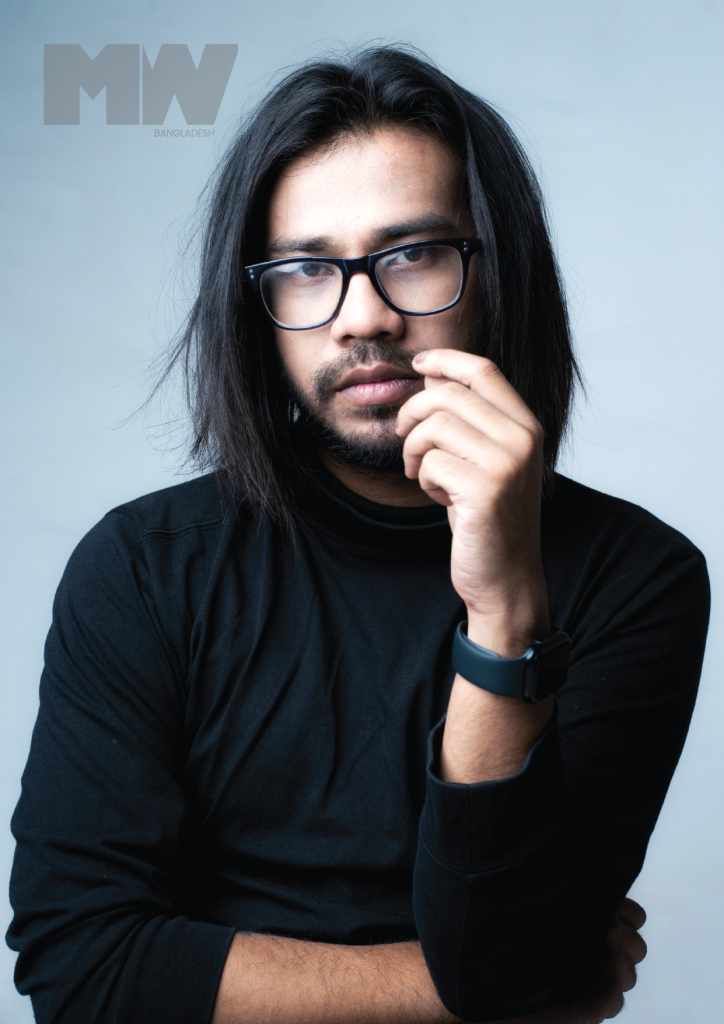
As with each project, this promising musician continues to push the boundaries. MWB caught up Avishek Bhattacharjee with to learn more about the exciting projects that are currently keeping him busy.
What inspired you to begin your musical journey?
My musical journey was largely inspired by my mother, who, along with my aunts and uncles, was a trained classical singer. Family obligations had forced her to give up her practice shortly after her marriage. Then I came along and she insisted that I learn singing. And so, I started taking music lessons at the age of six.
Given that I naturally had a low voice, my mother believed that structured, institutional learning would suit me best. She suggested I study Rabindra Sangeet, feeling it would better complement my vocal range. My formal training began at BAFA, and as I progressed academically to my O levels, I also advanced in my musical education by enrolling at Chhayanaut.
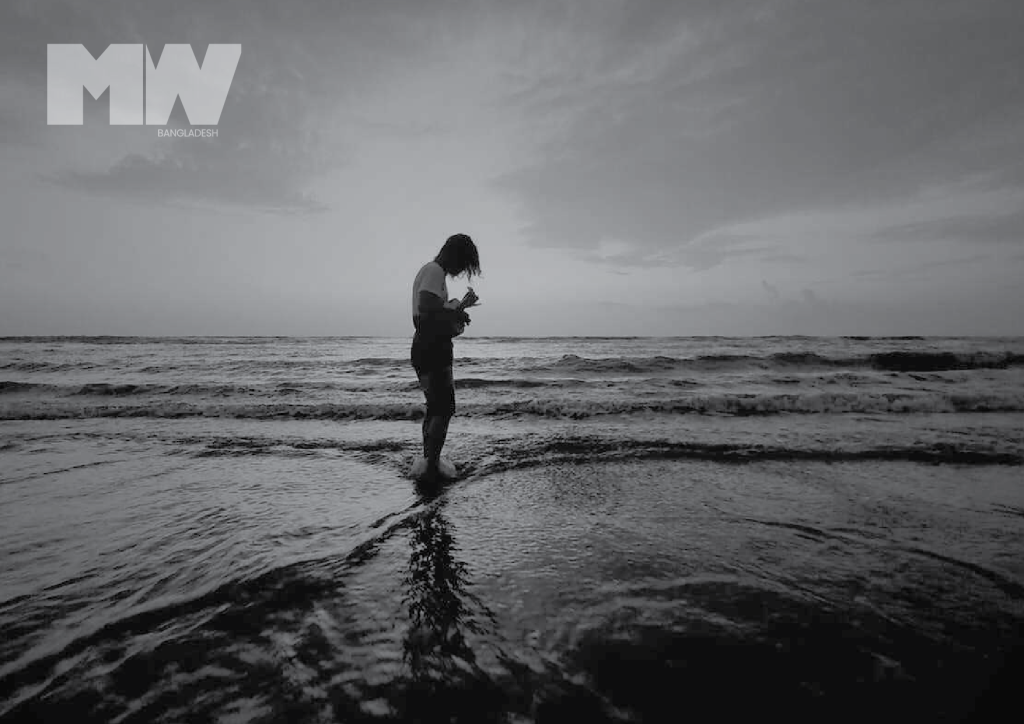
By around 2013 or 2014, I had completed my studies at Chhayanaut, gaining a deep foundation in both the Rabindra Sangeet department and North Indian classical music. This rigorous training not only honed my skills but also deeply connected me to the rich traditions of our musical heritage.
Growing up, what did you want to be?
My father was a very career-oriented person and he wanted me to be a doctor. However, I was sceptical about being a doctor and after finishing my A levels, I was planning to go to the USA to study pharmacy or biochemistry. Nevertheless, it did not happen. I would say I became a musician because my mother encouraged me, and she still plays a significant role in my life.
What was the first instrument you learned to play?
It was the tabla. In traditional Bengali families – especially during the early 90s – there was a trend that along with singing you needed to learn other instruments as well. So, when I was eight years old my mother wanted me to learn other instruments. Hence, my uncle, who is currently the principal of BAFA, taught me how to play tabla.
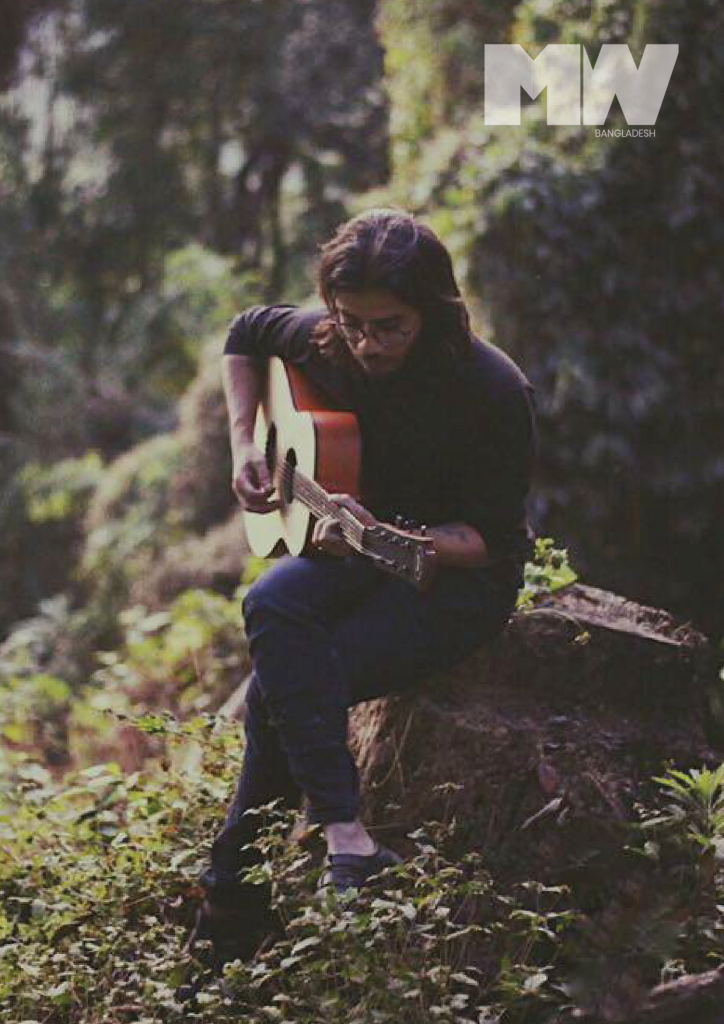
What motivated you to become a multi-instrumentalist?
As a child, I was not as healthy as my cousins. Many in my family doubted my ability to play the tabla because of this. Yet, defying their expectations, I mastered the tabla in just three months. This early success ignited a passion in me to learn as many instruments as possible.
Understanding the “grammar” of one instrument provides a foundation that makes learning others much easier. After mastering the tabla, I found it relatively straightforward to pick up the drum and dhol. During a farewell program in ninth grade, I was inspired to expand my repertoire further when I saw friends playing the guitar. One of them lent me a spare guitar, and with the help of YouTube tutorials, I quickly learned to play. This experience opened the door to other stringed instruments like the banjo, dutara, and bass guitar.
This diverse musical ability led me to play with various bands, including Bangla, Krishnokoli, etc. These experiences, playing in different settings and with different groups, were crucial in shaping me into the versatile artist I am today, long before I began working with mainstream artists. Each performance helped me grow and flourish, broadening my understanding of music and its impact.
You graduated with a law degree, yet you chose to pursue an advertising career. Why so?
As I have mentioned before, I was supposed to go to the USA but I didn’t. Then I came across a TV series titled Suits, in which one of the characters who was a lawyer fascinated me. So, I decided I wanted to study law. After I completed my studies, I realized what a grave mistake I made, because I knew I would never be a lawyer.
And so, I chose to pursue an advertising career. When I was in my second year of studies, I used to make short videos. One of my friends used to work at a renowned advertising agency and so, he asked me to join as a video production executive. This is how my career began in the advertising sector and I worked there for almost six years. And now, I am currently working at Brandmyth Communication Limited as a director.
How do you balance your roles between being an advertising professional and creating your own music?
I love my work. I am into photography, painting, and of course, music. And I realized advertising is the one field that would allow me to do a bit of everything – as it is truly a versatile field. So, as I enjoy working in this field, balancing my roles as an advertising professional and musician becomes easier for me.
Your debut album Tobu Mone Rekho was largely appreciated. What was the inspiration behind this album?
I have been trained in classical Rabindra Sangeet and I feel like the best aspect of Rabindra Sangeet is that you can rearrange it by keeping the original notation intact. I made an album that would resonate with the modern audience. I wanted it to be an experimental album made for the modern generation.
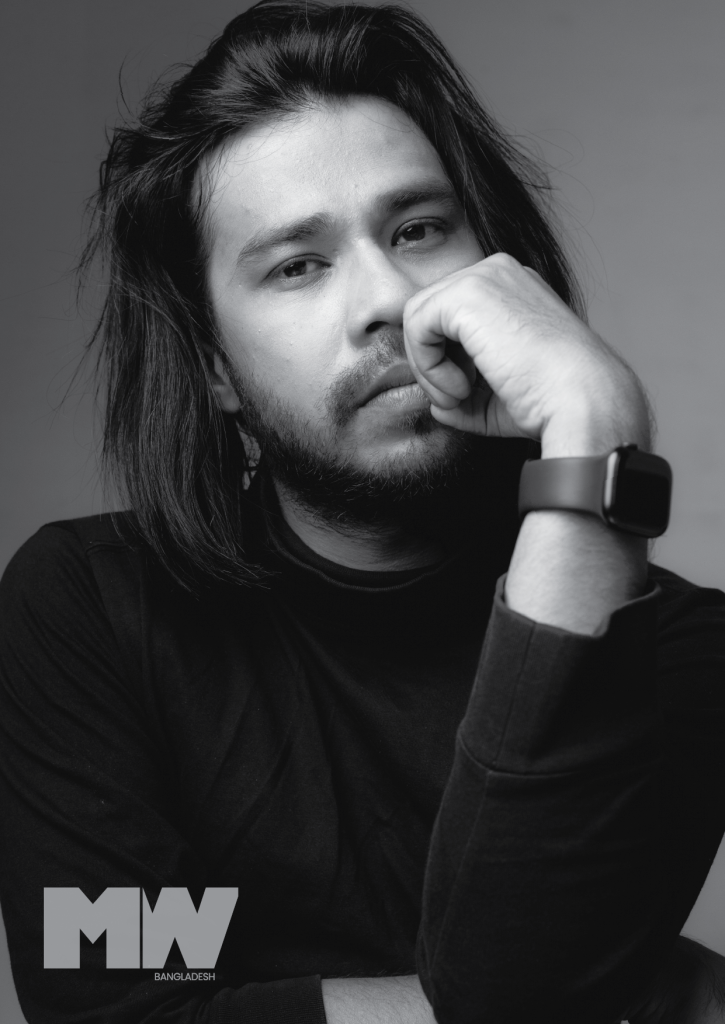
The web series Pett Kata Shaw and Foreigners Only both received significant attention. How did you use music to enhance the story-telling in these series?
I’ve had a long-standing relationship with Nuhash Humayun, well before the creation of Pett Kata Shaw. When he approached me about the project, I was immediately intrigued by its potential.
Interestingly, most people aren’t aware that I had completed 80 per cent of the music composition before the shooting of the series even wrapped up. I crafted the score using four distinct ragas to bring a rich diversity to the soundtrack. For the episode “Misti Kichu,” I employed a vintage harmonium, aged between 32 to 35 years, to produce an unsettling and eerie musical effect. Meanwhile, for “Loke Bole,” I developed a unique tabla notation that became a signature part of the original score. My goal was to infuse as much innovation into the music as possible, enhancing the story-telling with unique and evocative soundscapes.
Could you share the story behind your photo story “The Epidemic” during Covid-19?
The inspiration came from Dhaka and its polluted air. When the authorities were building the metro rail in Mirpur, you could not see anything because of the smog – it was densely polluted – and it distressed me. So, I thought why not make a photo story with this concept? I asked one of my friends if she wanted to pose and she immediately agreed. So, on a Friday we set out to do the photo shoot and was done within one day.
I completed a photography course in Alliance Française de Dhaka and I take photos now and then – but right now, I am more into fine arts and documentary photography.
Who are your top three musical influences?
I would say AR Rahman, Hans Zimmer, and Joe Hisaishi.
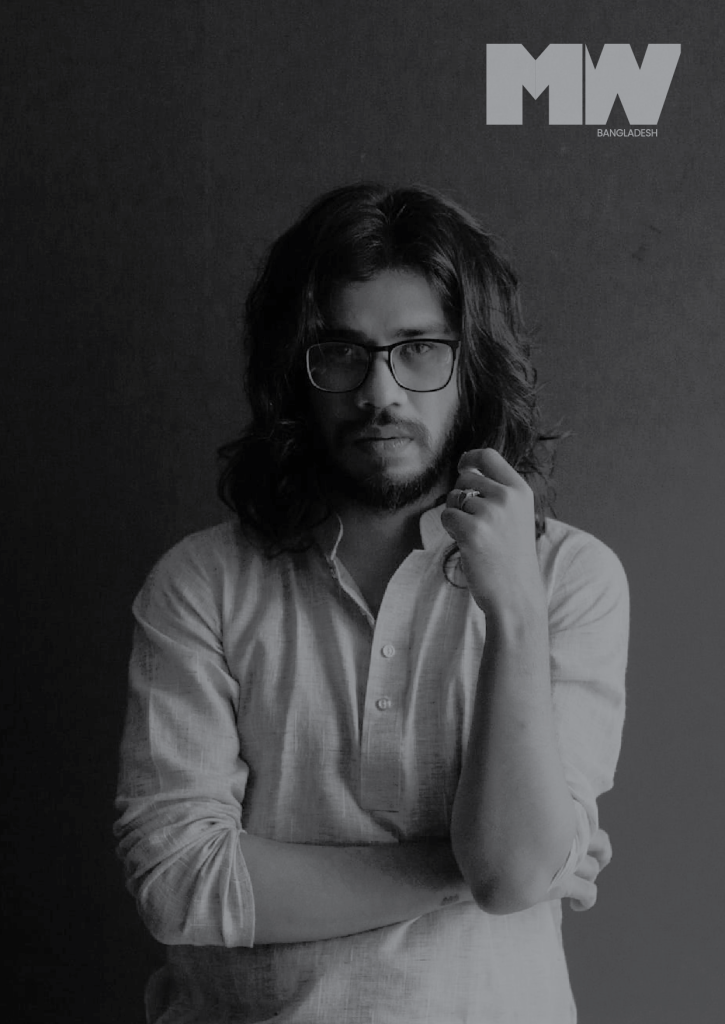
Moving away from music, what are your favourite hobbies or activities that help you unwind?
I watch a lot of movies and TV shows. Most importantly, I read a lot – I am a huge comics fan – and I love spending time with my family.
What future projects are you excited about?
I have worked on the music score for Kaalpurush (2024), which is due to be released soon and along with it, I am working on the second season of Pett Kata Shaw, which is currently in production. That said, I want to make original music scores more and AR Rahman has been a huge inspiration for me in this regard. I also work with Indie film-makers and want them to flourish. And I want to see their works from our country along with mine getting applauded at Cannes and Oscars.




